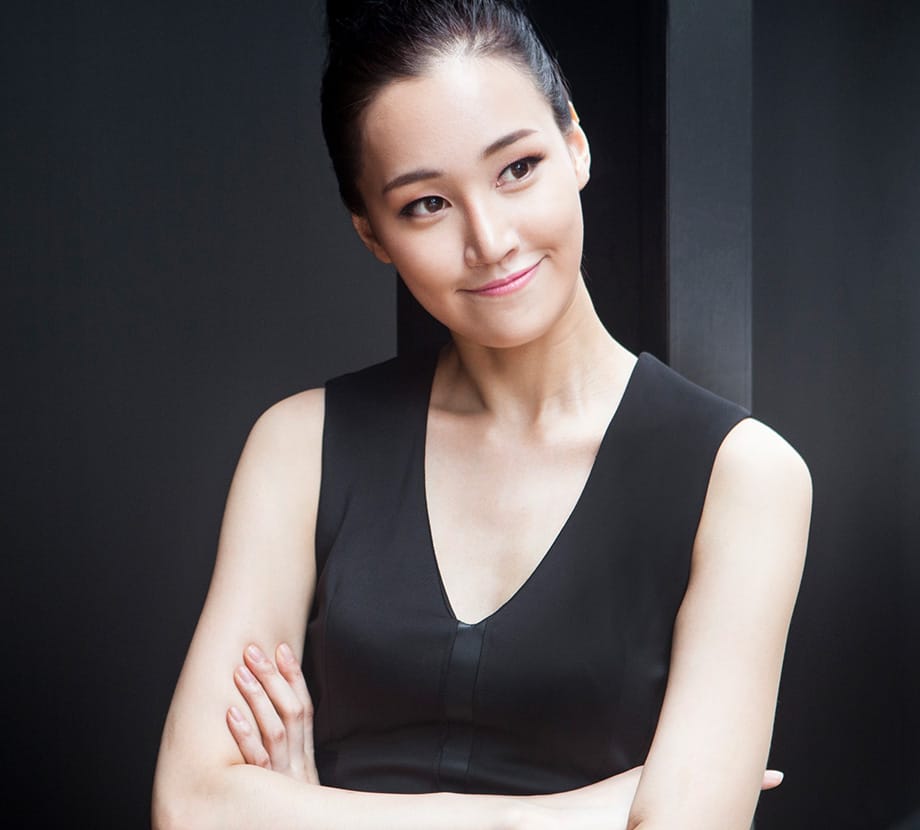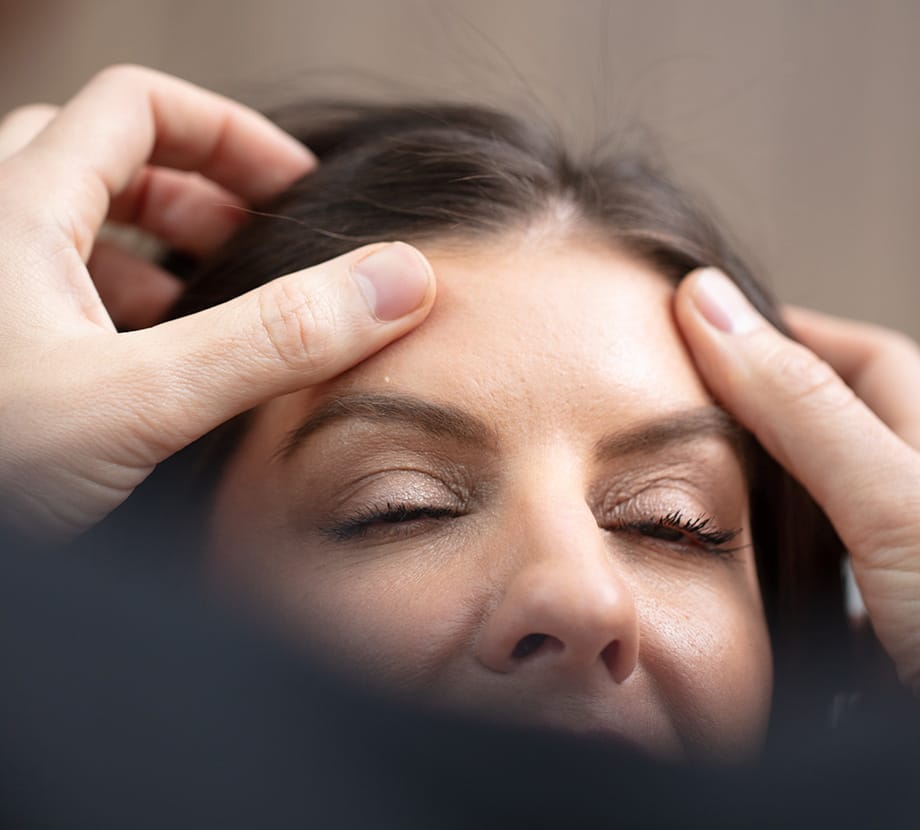The eyes are an important focal point in the face and significantly impact one’s appearance. As we age, the skin in our upper eyelid loosens, which can cause hooding over the eyes and the appearance of smaller eyes. During eyelid surgery, Dr. Leong removes excess skin and/or fat to open up the eyes and restore their previous youthful and rejuvenated look.
How is the recovery after getting eyelid surgery?
Blepharoplasty doesn’t involve an extended recovery period. You’ll probably experience considerable bruising and swelling the day after the surgery, but the bruises will gradually fade away in a few weeks. You must use cool compresses for the first 48 hours after the surgery to minimize swelling around the eyes.
You should also walk frequently to improve the recovery and healing processes. The bandages placed over the incisions will be removed in a few days. Most people can resume their daily activities and work in 7 to 10 days, but you should avoid strenuous workouts for at least 4 weeks. The majority of the swelling and bruising will fade away within 2 weeks.
Are there any risks of getting eyelid surgery?
Most patients only experience mild side effects after the eyelid surgery, such as bruising, swelling, scarring, and soreness for around 2 weeks. However, all surgeries involve a degree of risks, even if the risk is negligible. The potential risks of eyelid surgery include:
- Eye infections and bleeding
- Dry and irritated eyes
- Inability to close the eyes
- Problems with the eyelids
- Visible scarring around the eyes
- Eye muscle injuries
- Skin discoloration around the eyes
- Temporary blurry vision
- Loss of vision (in rare cases)
- Poor reaction to the anesthesia
- Non-healing blood clots
What are the benefits of getting a blepharoplasty?
- Reduced bags under the eyes.
- Lifting of the heavy and drooping skin over the eyes.
- Improved vision without drooping eyelids.
- Improved eye shape and appearance.
- Reduced skin irritation because of excessive skin.
- Reduced dark circles under the eyes.
- Improved appearance of the hollows under the eyes.
- Smoother skin around the eyelids.
- Sharp and alert appearance.
- Reduce strains on the forehead muscles used to lift the eyelid skin.
- Reduced forehead wrinkles due to eased forehead muscles.
- Relief from headaches and migraines caused by the strain on forehead muscles.
- Natural-looking results.
What is the difference between upper and lower blepharoplasty?
Upper blepharoplasty focuses on removing excess skin and fat from the upper eyelids, while lower blepharoplasty addresses under-eye bags and loose skin beneath the eyes. Both can be performed separately or together for comprehensive rejuvenation of the eye area.
Will eyelid surgery leave visible scars?
While scars are a normal part of the healing process, Dr. Leong ensures that the majority of the incisions are hidden in the natural creases of the eyelids, making scars less noticeable. Over time, the scars typically fade and soften.
Can eyelid surgery be combined with other facial procedures?
Yes, many patients opt to combine blepharoplasty with other facial procedures like facelifts, brow lifts, or laser treatments for enhanced overall facial rejuvenation.
How long does the blepharoplasty procedure take?
The procedure generally takes less than an hour for upper eyelid surgery. If both upper and lower blepharoplasty are performed together, the total time may be a bit longer.
Will I need to take time off work after eyelid surgery?
Most patients can return to work within 7 to 10 days, though there may be some residual bruising and swelling. Dr. Leong will provide guidance on when it’s safe to resume normal activities based on your healing progress.
Can younger patients benefit from blepharoplasty?
Yes, while most candidates are over 40, younger patients who have inherited excess skin or fat around their eyes can benefit from blepharoplasty to improve their appearance and prevent future skin sagging.
Are there any non-surgical alternatives to blepharoplasty?
Non-surgical alternatives such as Botox or dermal fillers may temporarily reduce the appearance of wrinkles and puffiness around the eyes, but they don’t provide the same long-term, dramatic results as blepharoplasty. Dr. Leong can help you decide if surgery or a non-surgical option is best for your needs.





